In its time, The Coledale Inn, Braithwaite, Cumbria has been a woollen spinning house, a private house, a pencil works and a village inn. We returned from our annual visit today.
The Coledale Inn stands on the mountain, above the village of Braithwaite in the Coledale area of the village. It is my favourite village in the English Lake District.
The Inn was built during the reign of King George 1V, before Queen Victoria so would be classed as Georgian in English monarch dynastical terms. It has been added to during its life.
Except for the Inn photo itself, all photos were taken by me.


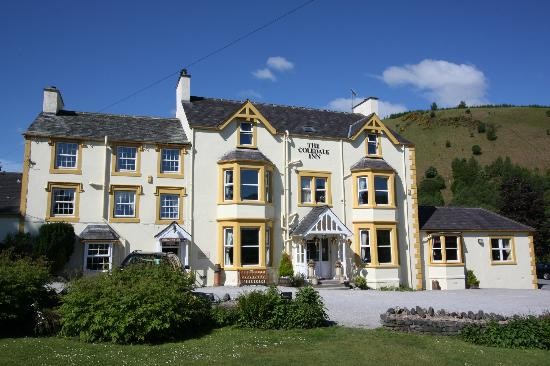
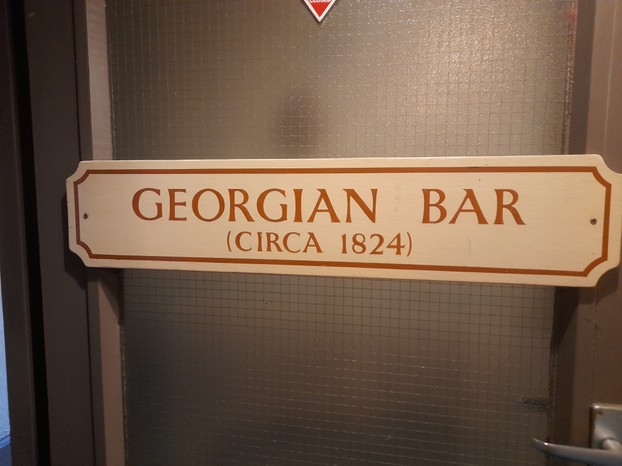

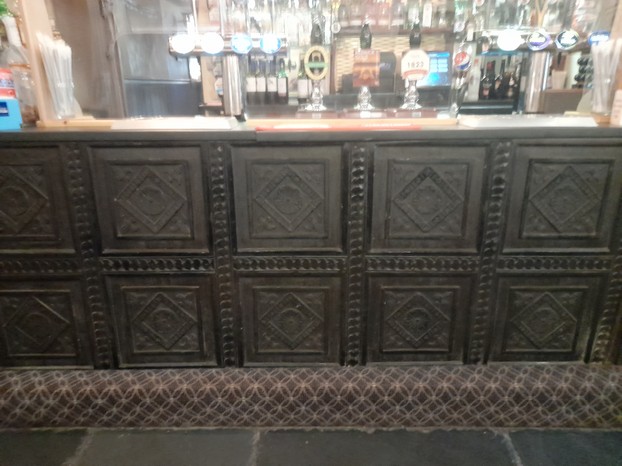
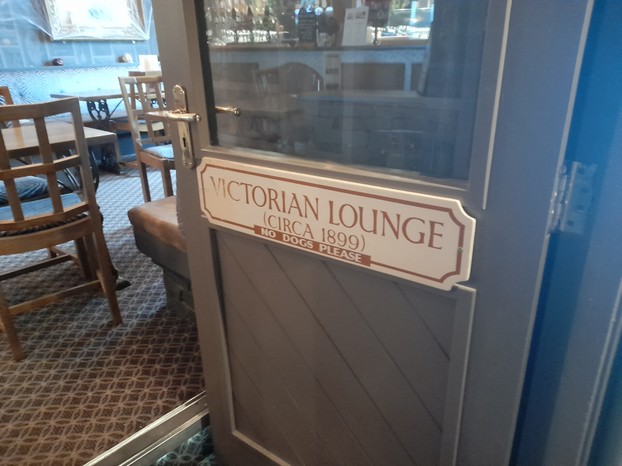
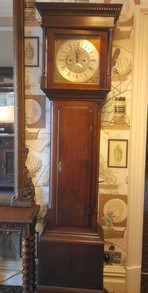
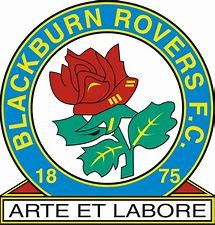
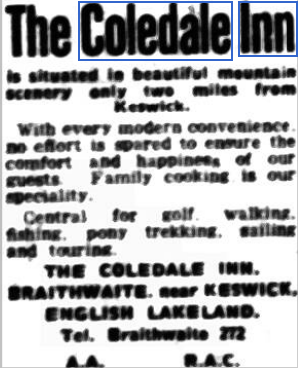
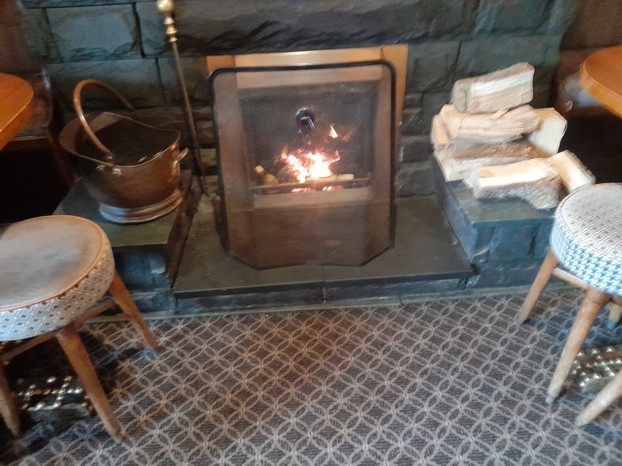
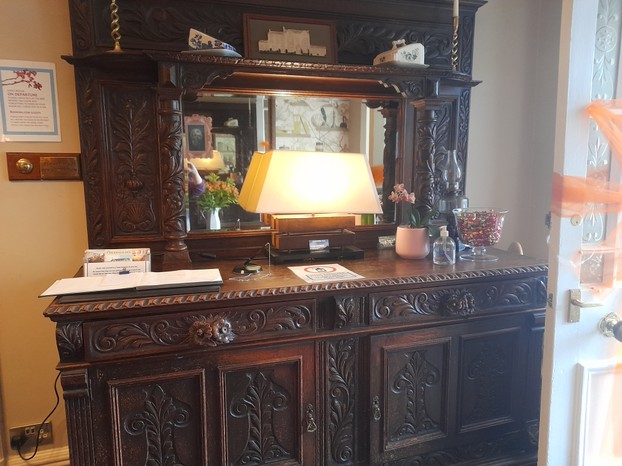
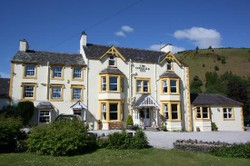

 Blarney Castle and Gardens, County Corkon 06/01/2023
Blarney Castle and Gardens, County Corkon 06/01/2023
 An Cóbh, Corcaigh, Eireon 05/29/2023
An Cóbh, Corcaigh, Eireon 05/29/2023
 Dublin ; The Book of Kellson 04/04/2023
Dublin ; The Book of Kellson 04/04/2023
 The Bee Tree Community CIC;- an online support communityon 08/24/2022
The Bee Tree Community CIC;- an online support communityon 08/24/2022
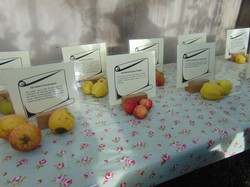
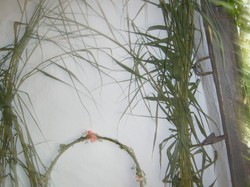
Comments
The positioning of the borders had been fluid for centuries. Wales And Scotland. In fact parts of Cheshire were once Wales.
I don t know when the borders became static. Frank, fav, beloved, big bro. over to you there.
Thank you for your comments below, in answer to my previous observations and questions.
Your answer 10 boxes down, on Oct. 29, 2021, intrigues me. It mentions that "The area where we stayed in the Lake District is full of Roman remains as it is very close to the site of the Hadrian's Wall, the Roman Wall built approx AD 121. It split the country between what is now Scotland and what is now England."
Might Hadrian's Wall have mattered when British Isles-ers made up their minds as to where Scotland and England met biogeographically?
In other words, was that meeting-place already culturally, geographically, historically, politically, traditionally already worked out or was that meeting-place worked out with where Hadrian's Wall went?
The first and the last sentences to the fourth subheading, Fire at Coledale December 1898, respectively consider that "A terrible fire, totally destroyed the pencil works at the house on December 17th 1898" and that "The business was destroyed but this remarkable house stayed standing to be repaired."
That fire did not affect the area graphite supply, correct?
So is it that this particular pencil works no longer kept operating even as this business failure kindled other pencil works or that no pencil works served as replacement and successor?
Derdriu
The frontage is every bit as beautiful or even more so. Sometimes when the light catches the cream walls of the building, it is absolutely stunning. I agree that it is an interesting lesson in architecture going from Georgian through to the Victorians Through to 20thC. I wanted to show this idea in one photo.
Veronica, Thank you for product lines, pretty pictures and practical information.
Does the front of the inn look as attractive in reality as in your photo? It looks to me like a seamlessly attractive lesson in architectural and cultural history, what with how Georgian moves gently into Victorian and Victorian into 20th century.
Writer artist
Ty. It is quite an experience walking into a place which is hundreds of years old. It adds to the experience.
Love your nostalgic reviews of old inns. England is a happy place for wanderlust and tourists. I would love to visit such places.
Well observed!
A" Roman Britain Legacy " article would be interesting...roads included.
Frank
Think about how straight it is though. It runs alongside Wythenshawe Park under Altrincham Road, comes down from Malandra Castle in Glossop.
Yes it makes sense.